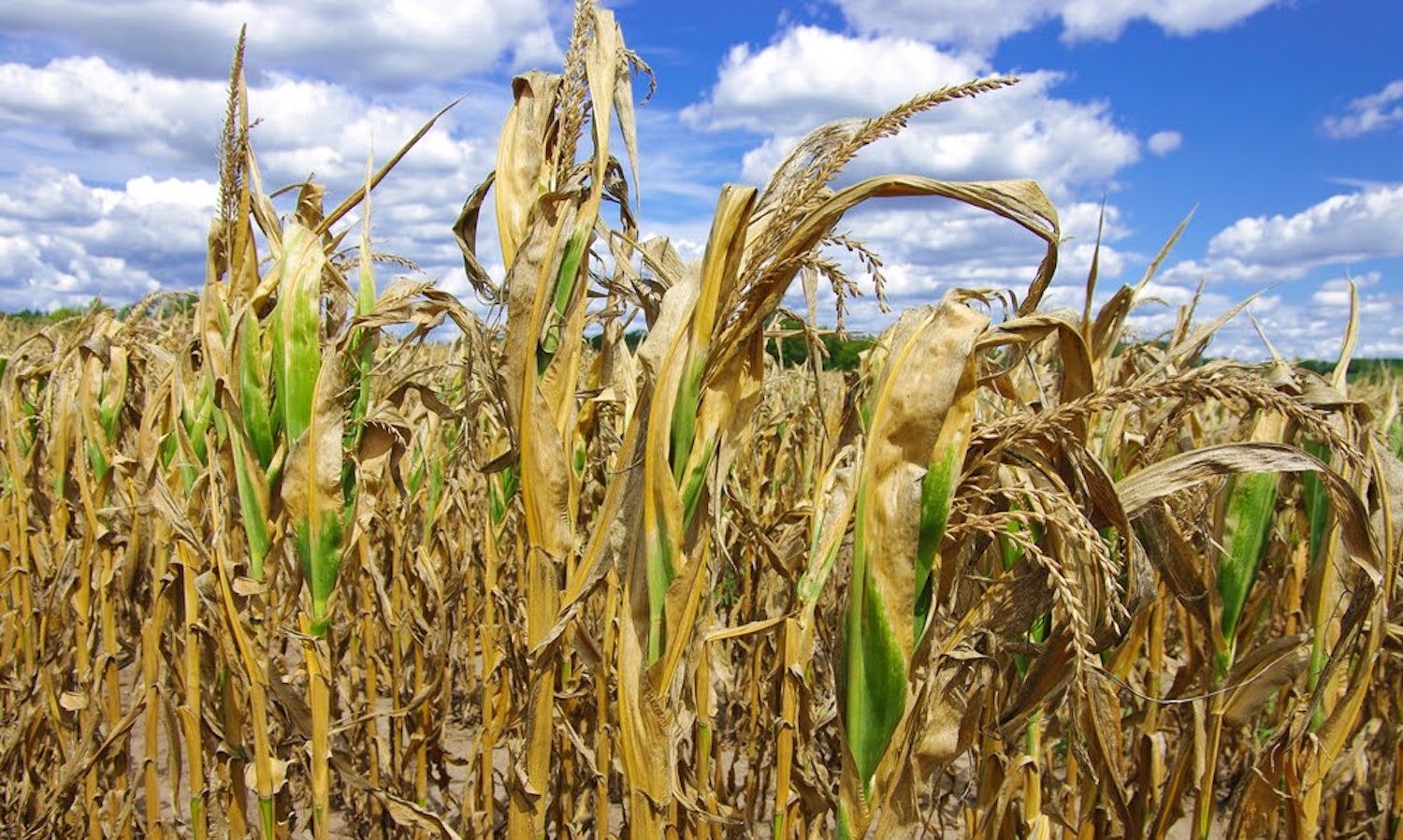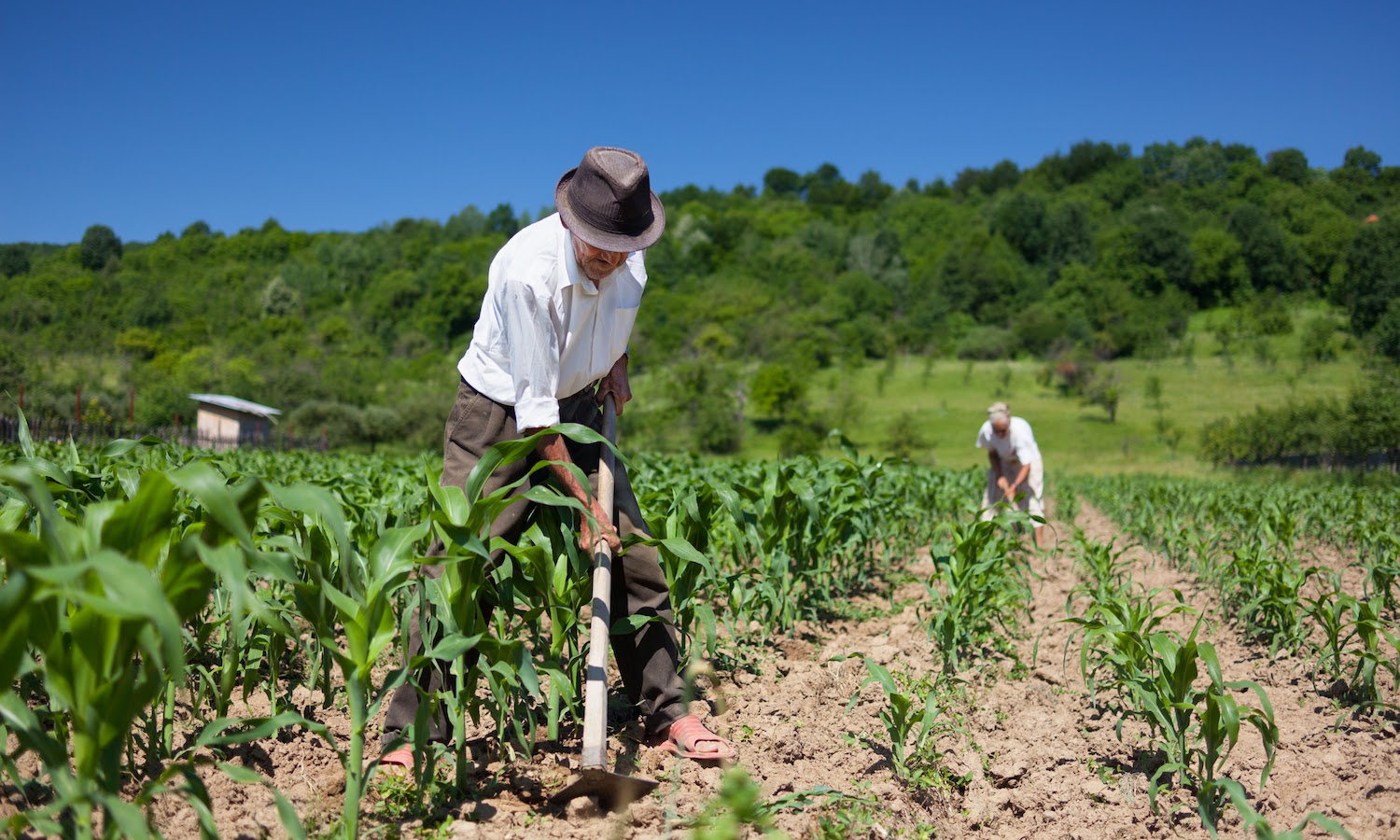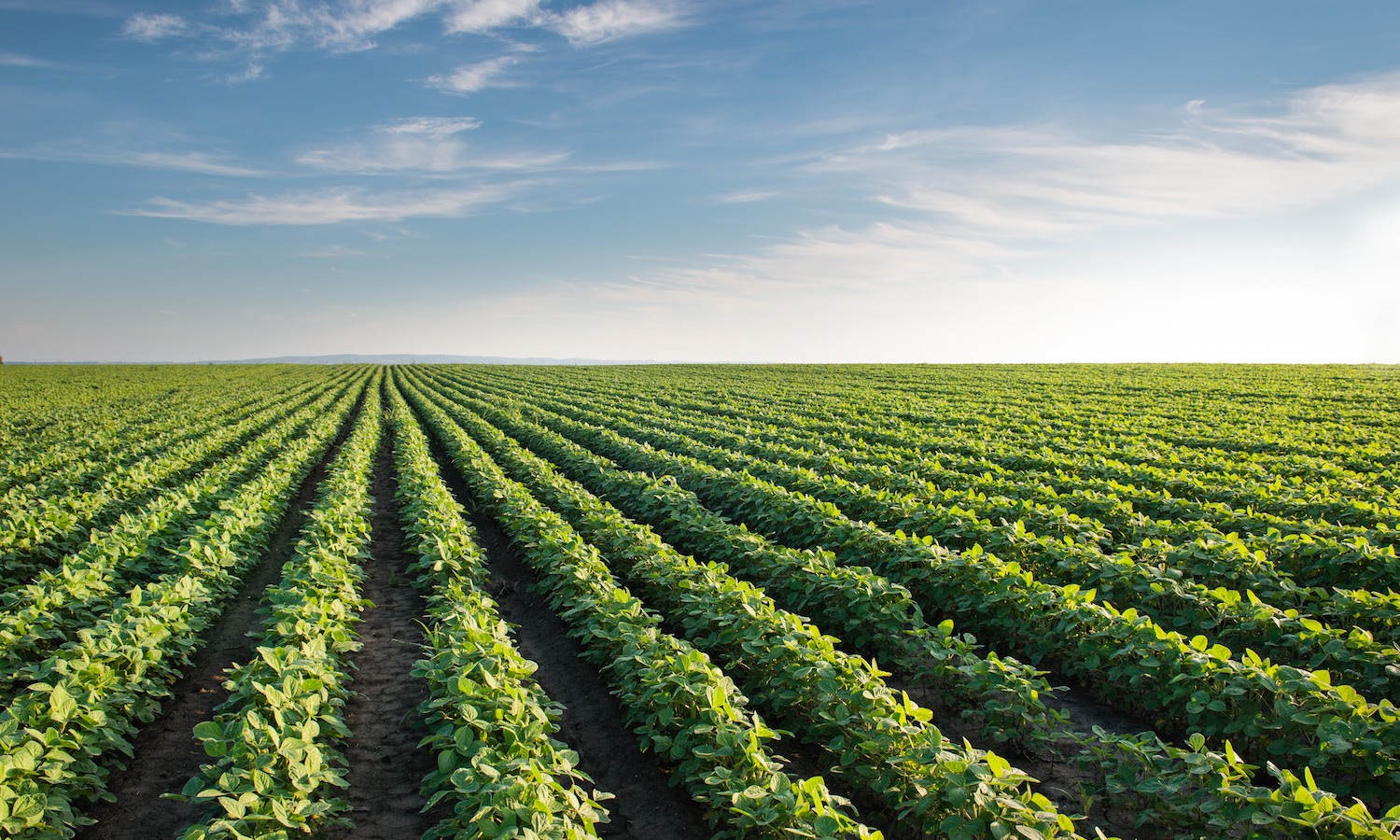Agricultural Outlook: How Limiting Air Pollution Will Protect Farms
Recently UN Secretary-General António Guterres issued a call reminding humanity of “the battle of our lives” on World Environment Day: a battle to limit environmental damage and pollution, which causes global warming and the climate crisis. “We all rely on nature and our planet’s health. The quality of the water we drink, the food we eat, and the air we breathe all depend on protecting the natural world,” says Guterres.
While researchers from Australia’s National Centre for Climate Restoration (Breakthrough) recently predicted humanity’s time to fight this battle will run out by 2050, the effects of pollution and global warming have already transformed life on our planet. This year, World Environment Day recognised the impact air pollution places on critical issues such as health, technology, and food. According to the World Health Organization, both long-living pollutants like carbon dioxide and short-lived pollutants—which only live in the atmosphere from only a few days to nearly a decade—like black carbon—engine emitted soot—and methane cause a combined 4.2 million deaths annually through outdoor air exposure. And according to the Climate and Clean Air Coalition, short-lived pollutants in the air are responsible for 30-40 percent of global warming today—causing rising temperatures and increasing the likelihood of natural disasters around the world.
Air pollution presents no less threat to food and agriculture. Worldwide, ground-level ozone pollution created by fuel burning and chemical use will reduce staple crop yields by 26 percent by 2030, according to the United Nations Environment Programme (UNEP). Yet while the global food supply is facing these threats, it is at the same time one of the five largest contributors to air pollution, meaning that tackling agriculturally-caused air pollution is imperative for the food system.
Agriculture’s Role in Air Pollution
Today, agriculture plays a primary role in air pollution. Smoke from slash and burn agriculture, and the production of silt, ash, and soil dust from activities like tillage, transporting, and harvest, contaminate the air with particulate matter. Agricultural air pollution appears most drastically in the form of ammonia: emissions from livestock manure and chemicals make up 95 percent of total ammonia emissions, which comprises up to 58 percent of the particulate matter affecting breathing and agricultural conditions across European cities.

Industrial agriculture marked an era of booming agricultural yields, but also of new pollutants. Even farmers applying pesticides, herbicides, and fertilisers risk “chemical drift,” in which winds carry sprays into the air and onto nearby land or neighborhoods. This drift can occur even when farmers follow the European Union’s (EU) regulations on maximum residue levels or aerial application. As part of the industrial food system, agriculture interacts in a globalised world—requiring ever more carbon dioxide-releasing activities like transportation, packing, and storing. And notably, conventional livestock production increases methane emissions worldwide. Agriculture is responsible for 10 percent of the EU’s total greenhouse gas emissions, including carbon dioxide, methane, and nitrous oxide - which contributes to ground-level ozone.
Air Pollution Places Food At Risk
Despite modern agriculture’s rising crop yields, air pollution’s toll on crops appears in the long run through “yellowing”, reduced growth, injury, or outright premature crop death. Yellowing, a sign of nitrogen deficiency, occurs when short-lived pollutants and ground-level ozone interrupt crop development and photosynthesis, burning plant tissue and slowly depriving plants from sunlight and fresh air. A byproduct of agricultural fertilization, nitrogen oxides form smog and acid rain that affect the air and soil on farms, directly limiting yields and ruining plant roots and leaves. According to the World Resources Institute, air pollution reduces crop yields for wheat and soy by up to 15 percent and for maize by up to 5 percent. Ammonia delivers its own impact on agriculture: it may add too many nutrients to the soil and causing excessive algae growth, ammonia drives biodiversity loss.
Significantly, air pollution is responsible for up to 40 percent of global warming. This is causing temperatures to rise and can wreak havoc on crops worldwide. According to the UN Food and Agriculture Organization, crop yields of staples like rice, maize, and wheat will decrease by up to 10 percent per degree Celsius of global warming. Extreme weather and heat will cut staple crop yields across the Mediterranean region by up to 25 percent in the coming decades. Air pollution disrupts not only food production, but also food access. In areas like the tropics and subtropics, not only will the productivity of food crops decline, but subsistence farmers and outdoor labourers will face reduced workdays, as breathability worsens and daily heat rises, limiting their incomes and increasing the price of food worldwide.

Clearing the Air: Sustainable Agriculture’s Potential
Sustainable agriculture can meet society’s need for food and plant-based resources while remaining within the boundaries for resource use required by the planet. Working for social equity, profit, and a healthy environment, farmers in sustainable agriculture and food systems understand that the pay-out is long term: sustainable practices can protect the planet now, while helping future generations to feed rising populations.

Key sustainable farming practices protect air quality while offering farmers the option of using the practices that make most sense for them. Planting cover crops—crops planted to protect the soil from erosion, nutrient depletion, weeds, and pests—and using integrated pest management—methods using natural pest and parasite enemies—reduces pesticide and herbicide use, preventing unintentional chemical drift that can harm neighboring crops. Proper soil management through boosting crop diversity, crop rotation, regenerative agriculture (soil health and biodiversity-focused agricultural practices), and reducing tillage helps farmers maintain soil health and reduce the amount of ammonia-emitting chemical fertilisers entering the atmosphere. Regenerative practices have other benefits for the planet, as it absorbs carbon from the air, helping to reduce some of the greenhouse gases emitted by agriculture—a major cause of global warming.
Further Progress Needed for the EU
According to the European Court of Auditors, EU policies to limit air pollution in the agricultural sector have been slow to create impact. Since 2012, the amount of ammonia emitted by agriculture has increased. Agriculture’s contributions to particulate matter, nitrogen dioxide, and ground level ozone not only threaten crops, but threaten human health. Although the EU’s total emissions of air pollutants decreased from an index of 100 to around 77 from 1990 to 2016, the agriculture sector’s contributions to improvements fall behind in improvement.

“Despite the existence of technically and economically viable measures such as agronomic, livestock or energy measures, they have yet to be adopted at the scale and intensity necessary to deliver significant emission reductions,” says the European Court of Auditors’ report. And, although many EU policies regulate agricultural practices—like Directive 2009/128/EC which promotes integrated pest management and regulates pesticide application methods—some climate, energy, and agriculture EU policies are even detrimental to clean air. With EU air quality standards set nearly 20 years ago, and EU Member States still struggling to comply, further progress is needed to adjust for the UN Secretary-General’s dire warning.
More blog posts

From Pitch to Plate: How Football Is Addressing Food Waste

